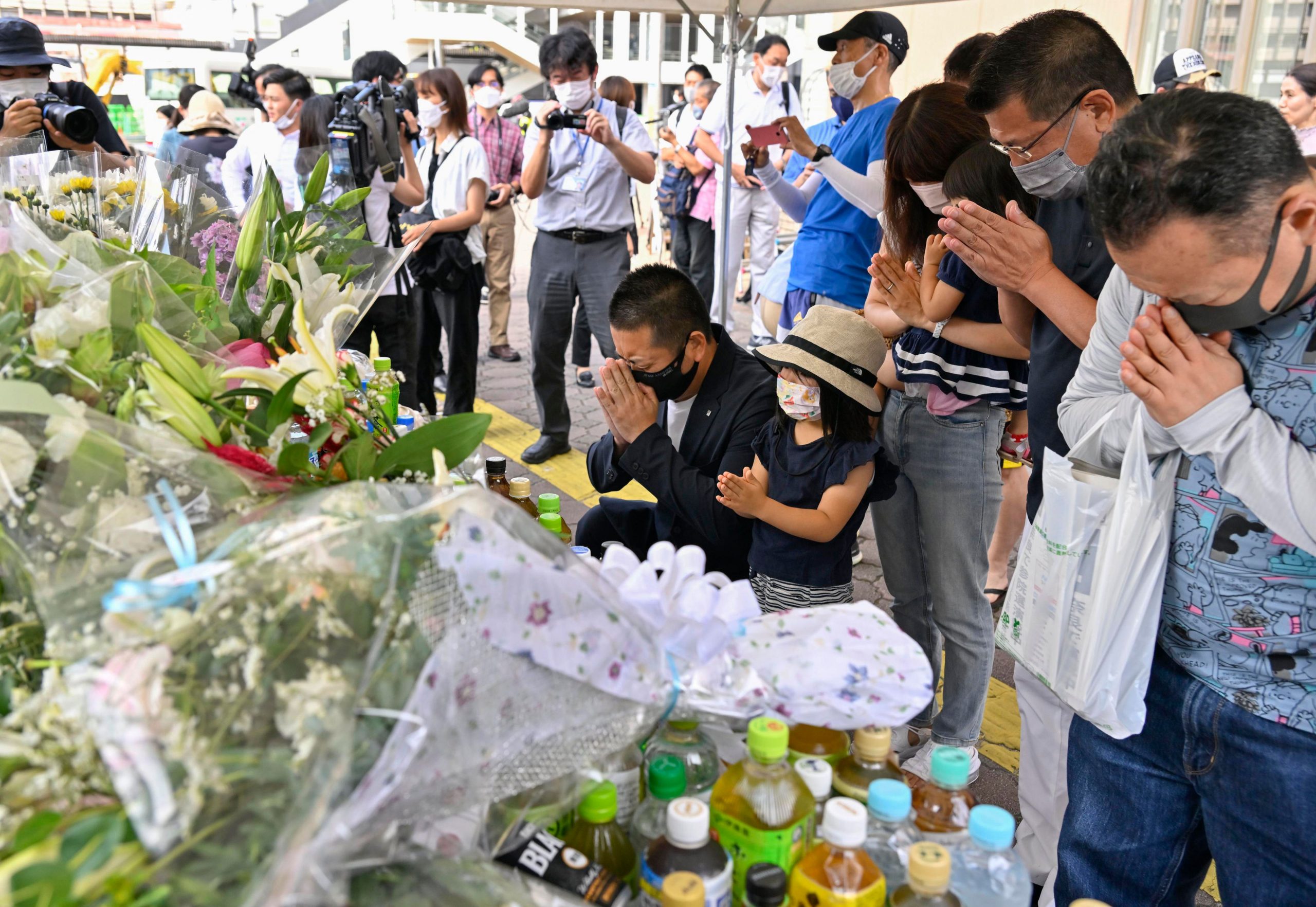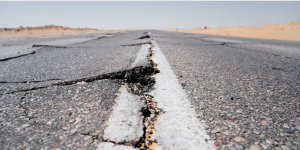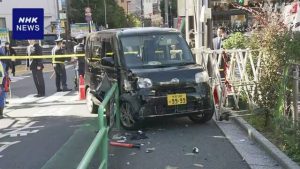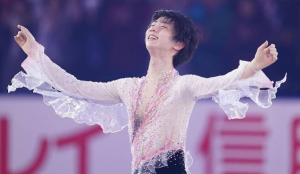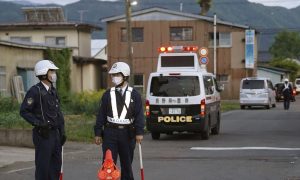The body of former Japanese Prime Minister Shinzo Abe was returned to Tokyo on Saturday after he was fatally shot during a campaign speech in western Japan on July 8.
Abe was attacked in the city of Nara and airlifted to a local hospital but died of blood loss despite emergency treatment including massive blood transfusions. Police arrested the attacker, a former member of Japan’s navy, at the scene on suspicion of murder.
Also read: Shinzo Abe shooting: Police claims accused used handmade firearm
Abe had been making a campaign speech outside a train station when two shots rang out. Security officials were then seen tackling a man in a grey T-shirt and beige trousers.
Police confiscated the homemade gun he used, and several others were later found at his apartment.
Also read: Shinzo Abe shooting: How does one obtain a gun in Japan?
Abe’s assassination ahead of Sunday’s parliamentary election shocked the nation as a threat to democracy and raised questions over whether security for Abe was adequate.
It also stunned global leaders who sent condolences, while many Japanese visited the site of the attack to lay flowers and pray for the former leader who remained influential even after he stepped down in 2020.
Also read: What is cardiopulmonary arrest, cause of ex-Japanese PM Shinzo Abe’s death?
Abe was taken to hospital in cardiopulmonary arrest and showed no vital signs. He was declared dead at 5:03 pm (0803 GMT), having bled to death from deep wounds to the heart and the right side of his neck.
He had received more than 100 units of blood in transfusions over four hours, Hidetada Fukushima, the professor in charge of emergency medicine at Nara Medical University Hospital, told a televised news conference.
Also read: Shinzo Abe cause of death: Ex-Japanese PM suffered excessive blood loss
Police said the gunman had admitted to shooting Abe with a handmade firearm he had fashioned out of metal and wood.

